The forgotten Pre-Raphaelite sisterhood
Lucy and Catherine Madox Brown were extremely talented artists but as Victorian women their work was rarely on show. William Cook on a tragic tale of thwarted hope and stifled ambition

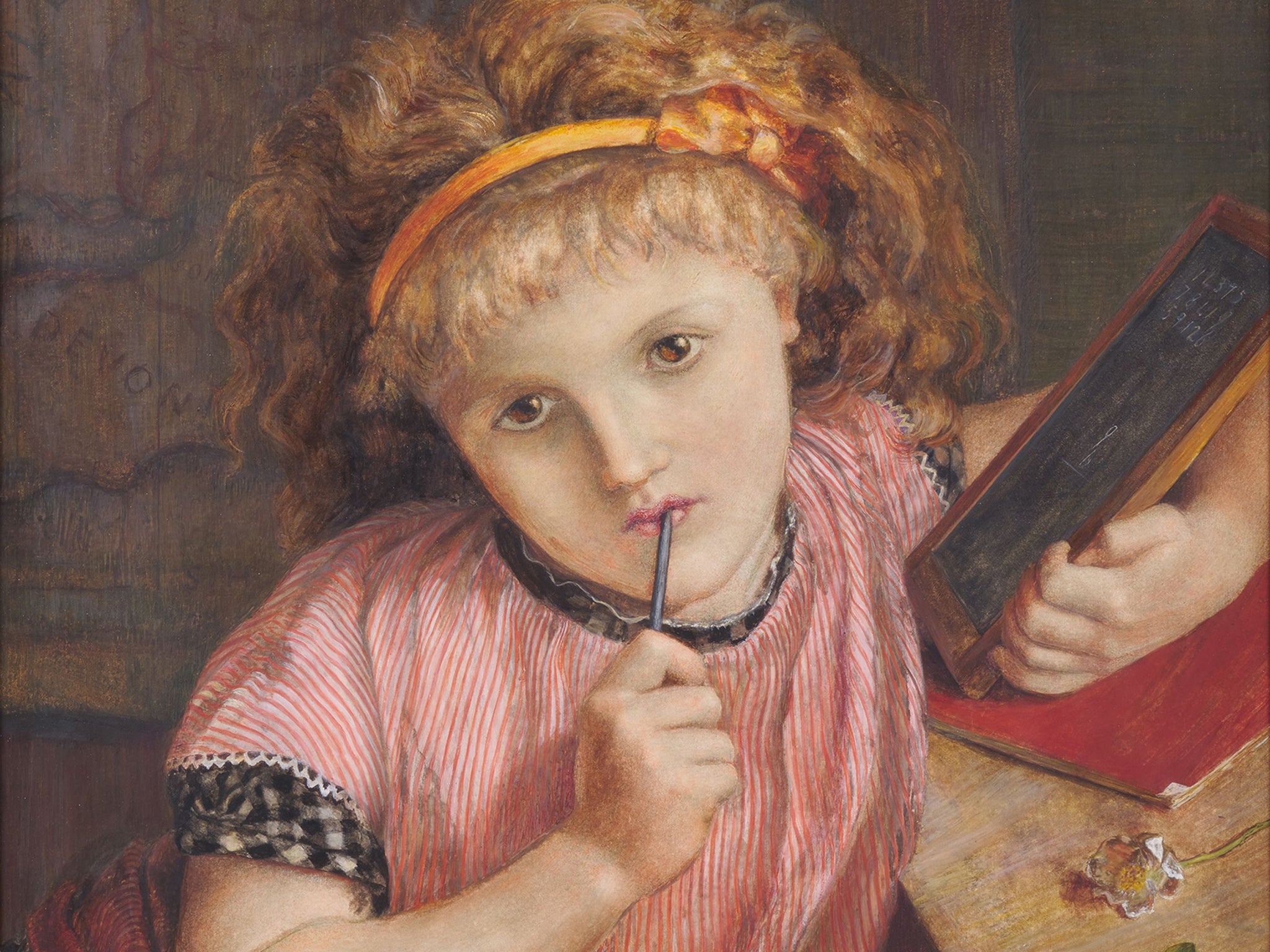
Women have been written out of art history. Why doesn’t anybody say so? It took me half a lifetime to realise that the story of art I’d grown up with was a story written by men, about men. I didn’t stop to think that, back in the bad old days, critics and curators were mainly men. In their selective version of art history, women appeared only fleetingly - as models, wives or lovers – while so many female artists remained unseen, their tales untold.
Nowadays, in my line of work, most of the curators I meet are women, and I’m seeing a lot more art by women. Some of it is contemporary, but most of it has always been there, hidden away from public view. It’s not just women putting on shows by women – the entire climate has changed. Finally, female artists are being recognised in their own right, and an exhibition that sums up this seachange is Uncommon Power at Watts Gallery in Surrey, which showcases the neglected work of Lucy and Catherine Madox Brown.
Lucy and Catherine Madox Brown had an artistic training which was denied to virtually every other woman of their generation
I must admit I knew next to nothing about Lucy and Catherine Madox Brown until my friend Tamsin introduced me to Ruth Brimacombe, the curator of this intriguing show. Their names only rang a bell on account of their father, Ford Madox Brown, a close associate of the Pre-Raphaelites – that colourful group of artists which transformed Victorian art. Women played an important role in this dynamic movement, but the clue was in the title. The Pre-Raphaelite Brotherhood may have been more liberal than most, but even in that relatively enlightened circle women still played second fiddle.
Two years ago, curators Jan Marsh and Alison Smith did their best to redress this imbalance, with their Pre-Raphaelite Sisters exhibition at London’s National Portrait Gallery. However, as Marsh said herself, two significant artists were missing from that ensemble show – Lucy and Catherine Madox Brown. She encouraged Brimacombe to mount a show devoted to the two of them, and now Brimacombe has more than made up for that omission with this fascinating exhibition.
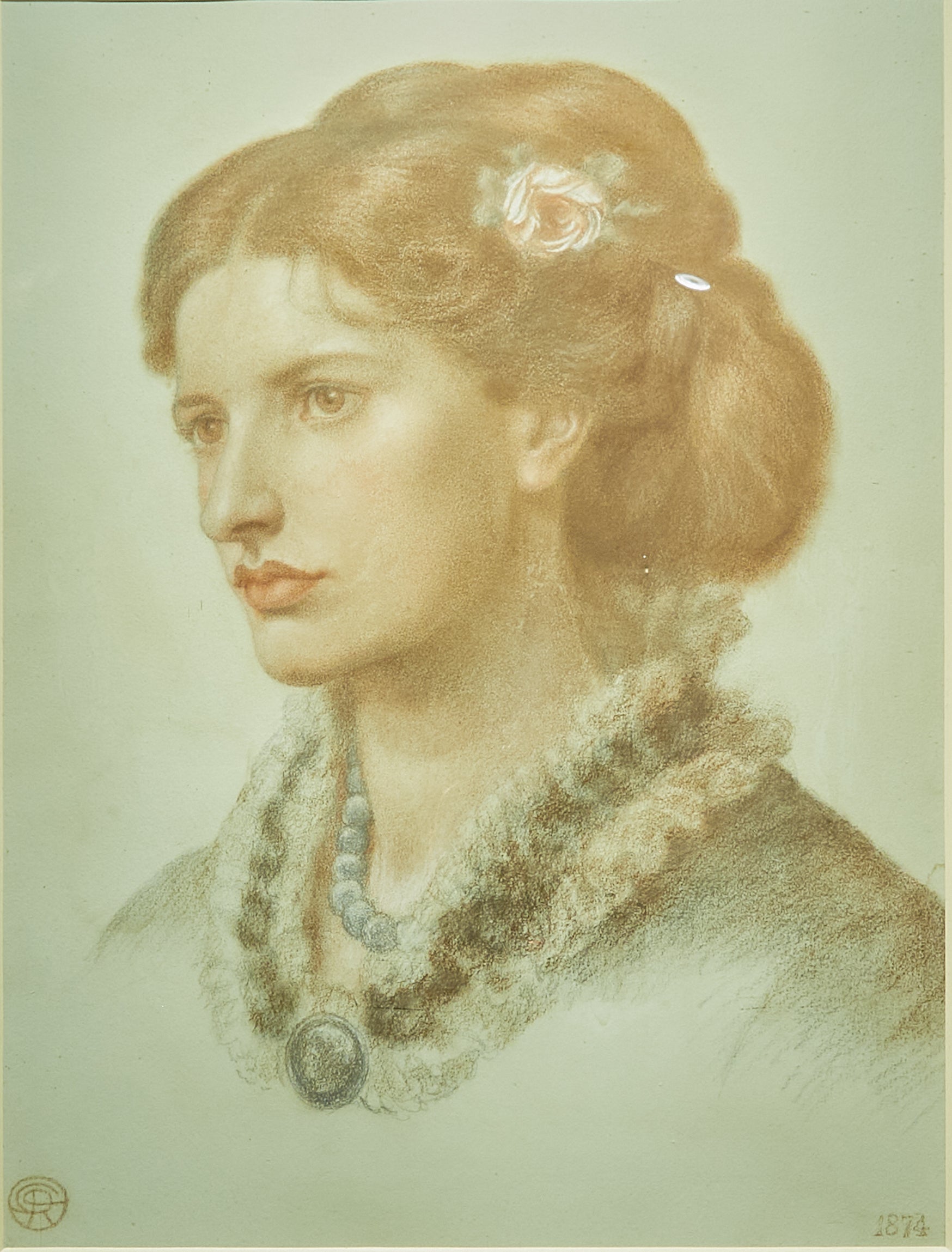
Uncommon Power doesn’t just shed fresh light on two artists who’ve been denied a spotlight. It also raises key questions about the particular pressures on female artists, especially in previous epochs, when they were denied all sorts of basic rights. “I didn’t realise when I started just what a rich history it is,” says Brimacombe as she shows me round. “For me they’re the link between Pre-Raphaelitism and Modernism.” However it’s also a tragic tale of thwarted hope and stifled ambition.
Lucy and Catherine Madox Brown were half-sisters. Lucy was born in 1843, the daughter of Ford Madox Brown and his first wife – and first cousin – Elizabeth Bromley, who died of tuberculosis, aged 27, when Lucy was three years old. Catherine was born in 1850, the daughter of Ford Madox Brown and his second wife – and frequent model – Emma Hill (mother and daughter appear in some of Ford Madox Brown’s greatest paintings, most notably his powerful, poignant masterpiece The Last of England).
Lucy and Catherine sat for their father from an early age, and subsequently trained as artists in his studio, alongside their younger brother Oliver (born in 1855). Their father taught them to draw and paint from life; even when they went away on holiday, they were always sketching. They prepared his canvases and helped out with odd jobs around the studio.
For aspiring female artists in Victorian England, access to art school was severely restricted. This familial apprenticeship gave Lucy and Catherine an artistic training which was denied to virtually every other woman of their generation. “They’re pushing against their times,” says Brimacombe. “They’re inspired by their upbringing to be radical and independent and bohemian.”
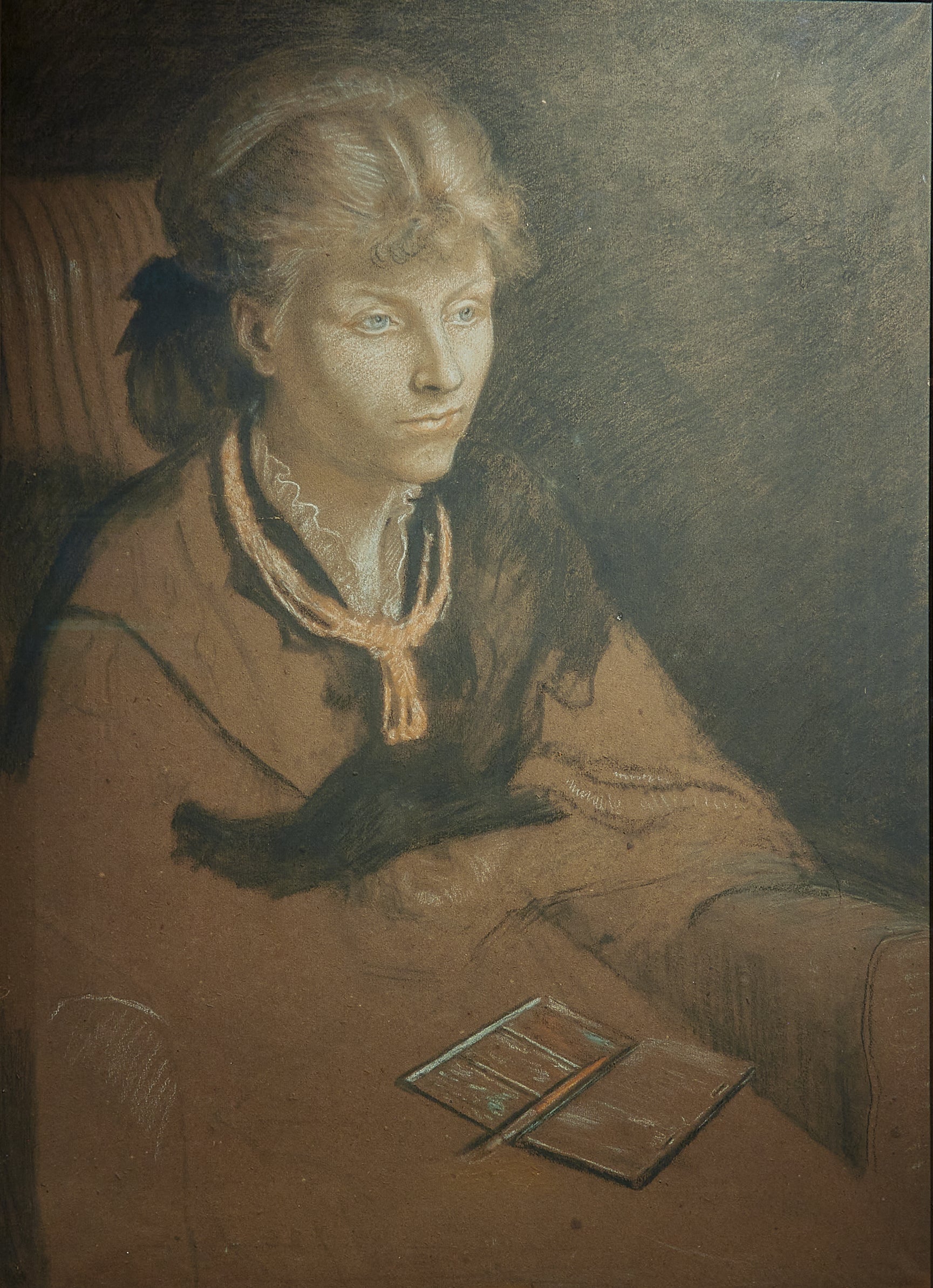
Thanks to their father’s choice of friends and colleagues, both sisters were immersed in Pre-Raphaelite culture from the cradle. In the 1850s and early 1860s, Ford Madox Brown struggled to build a reputation, but in 1865 an extremely successful solo exhibition transformed his career – and his fortunes. Flushed with success, he moved his family into a grand townhouse in Fitzroy Square.
There they threw frequent dinner parties where “anyone of intelligence was welcome to dine”, and this fashionable address became a rendezvous for artists, writers and intellectuals. Anyone who was anyone in the world of arts and letters came along – the brightest minds in London, everyone from William Morris to Algernon Swinburne. Whistler (who was among the guests) remembered meeting “the most wonderful people – anarchists, poets, musicians…” It sounds like tremendous fun.
Lucy and Catherine revelled in this heady atmosphere. It was stimulating and elevating – a creative and literary salon. Both beautiful, with striking dress sense and resolute opinions, they were the “It Girls” of bohemian society.
For Victorian women, painting was regarded as an improving pastime. Genius was an accolade reserved for men
They shunned corsets and favoured long flowing dresses, a daring statement in those days. Their contemporary, Laura Hain Friswell, described their style as “the height of artistic and aesthetic fashion”. She said they looked like something out of a picture by Burne-Jones. “They’re both strong, determined women,” Brimacombe tells me. “They’re radical and agnostic. They’re independent thinkers, and that’s reflected in how they dress.” Even the hues they favoured were provocative: peacock blue, sage green, cinnamon brown. It sounds like the colour-scheme for a Pre-Raphaelite painting.
By the late 1860s, they were exhibiting regularly in London, and across the country. “They had a privileged access to the Victorian art world through their father,” explains Brimacombe. “They were able to step into the art world at a different level.” Yet although they got a leg-up, there was no denying their talent, or their dedication.
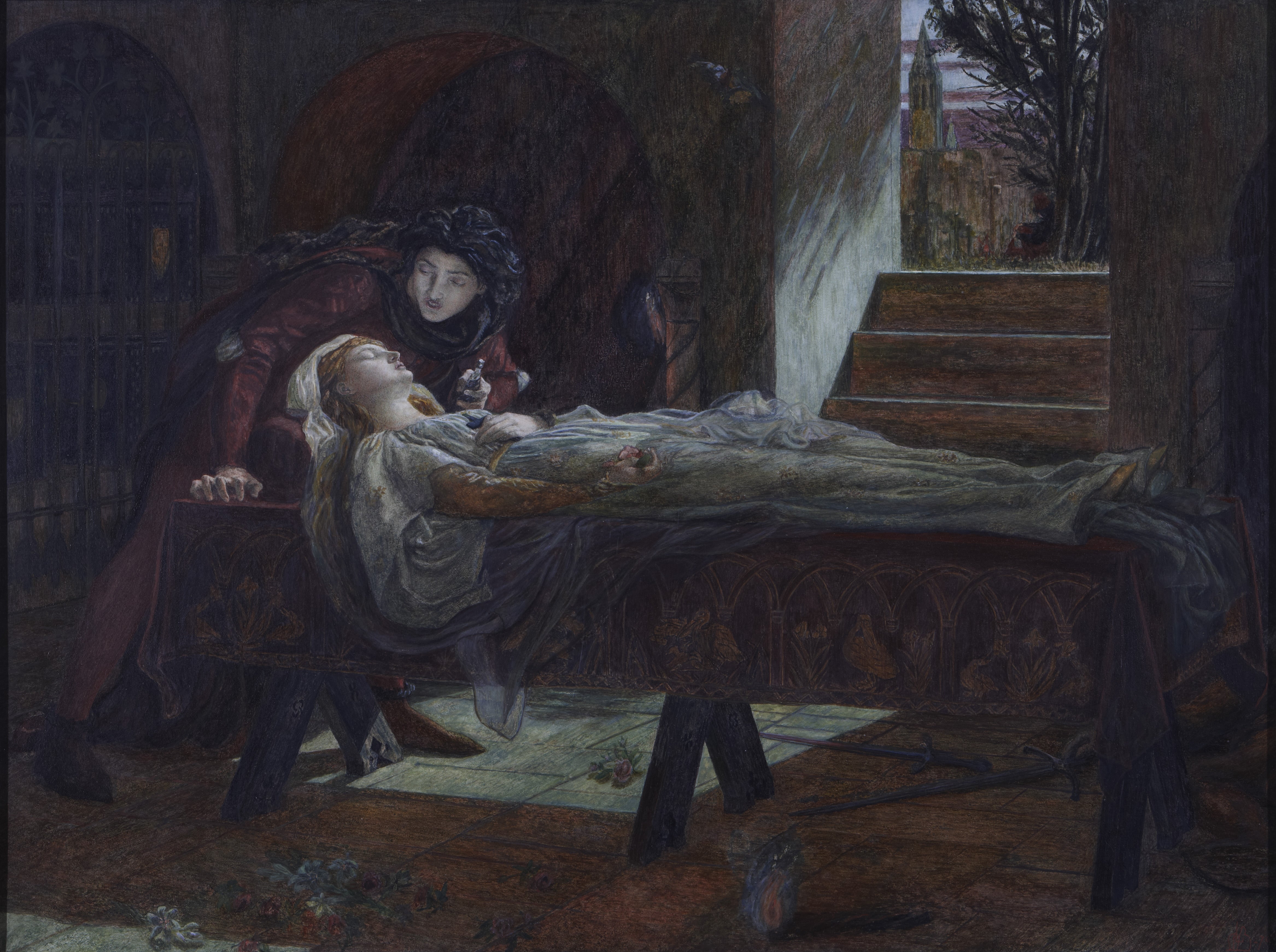
In 1869, Catherine’s At the Opera earned a prominent showing at the Royal Academy’s Summer Exhibition – a great accolade for a female artist not yet 20. “Very powerfully painted, expressive and rich in colour,” cooed the critic from The Athenaeum. In 1870, Lucy’s Tomb Scene from Romeo & Juliet enjoyed similar critical acclaim (The Times said it showed “uncommon power and warrants high expectations”). Both women had every reason to feel confident about the future. Yet those high expectations were cruelly curtailed. Their careers as exhibiting artists lasted barely six years. So what happened? Where did it all go wrong?
Lucy and Catherine had always worked alongside their younger brother, Oliver, and exhibited alongside him. On one level this was a useful gimmick, guaranteed to get them lots of press, but there was more to it than that. Oliver was a livewire, a creative catalyst. Working in the same studio, they shared ideas. They spurred each other on.
Like many female artists, once they had to raise a family, art took a back seat
But then, in 1874, at the age of 19, Oliver died, suddenly, of blood poisoning. Lucy and Catherine were devastated. Their father was heartbroken. “He is the golden boy,” says Brimacombe. “Ford Madox Brown sees him as the heir to his genius.” He respected his daughters’ artistry, and encouraged their ambitions, but his main focus was his son, whom he regarded as the true prodigy of the family. “He believes that Oliver is going to be the one who will make the family’s fame and fortune.”
Oliver was talented, but so were his sisters, and they’d achieved far more. It’s hard to believe their father’s assessment was based on artistry alone. Gender clearly had a lot to do with it.
For Victorian women, painting was regarded as an improving pastime. Genius was an accolade reserved for men. Looking back, if you had to single out one member of this gifted family as a genius, you’d probably choose Lucy. Her work was less commercial than Catherine’s, but it had more depth. “She’s actually the one who’s pushing the boundaries – putting her head above the parapet, and painting much more challenging work,” says Brimacombe. “They couldn’t see her genius because of the way genius was perceived at the time.” Instead, it was Oliver who was lauded and commemorated as the great artist who might have been. Lucy and Catherine were relegated to also-rans.
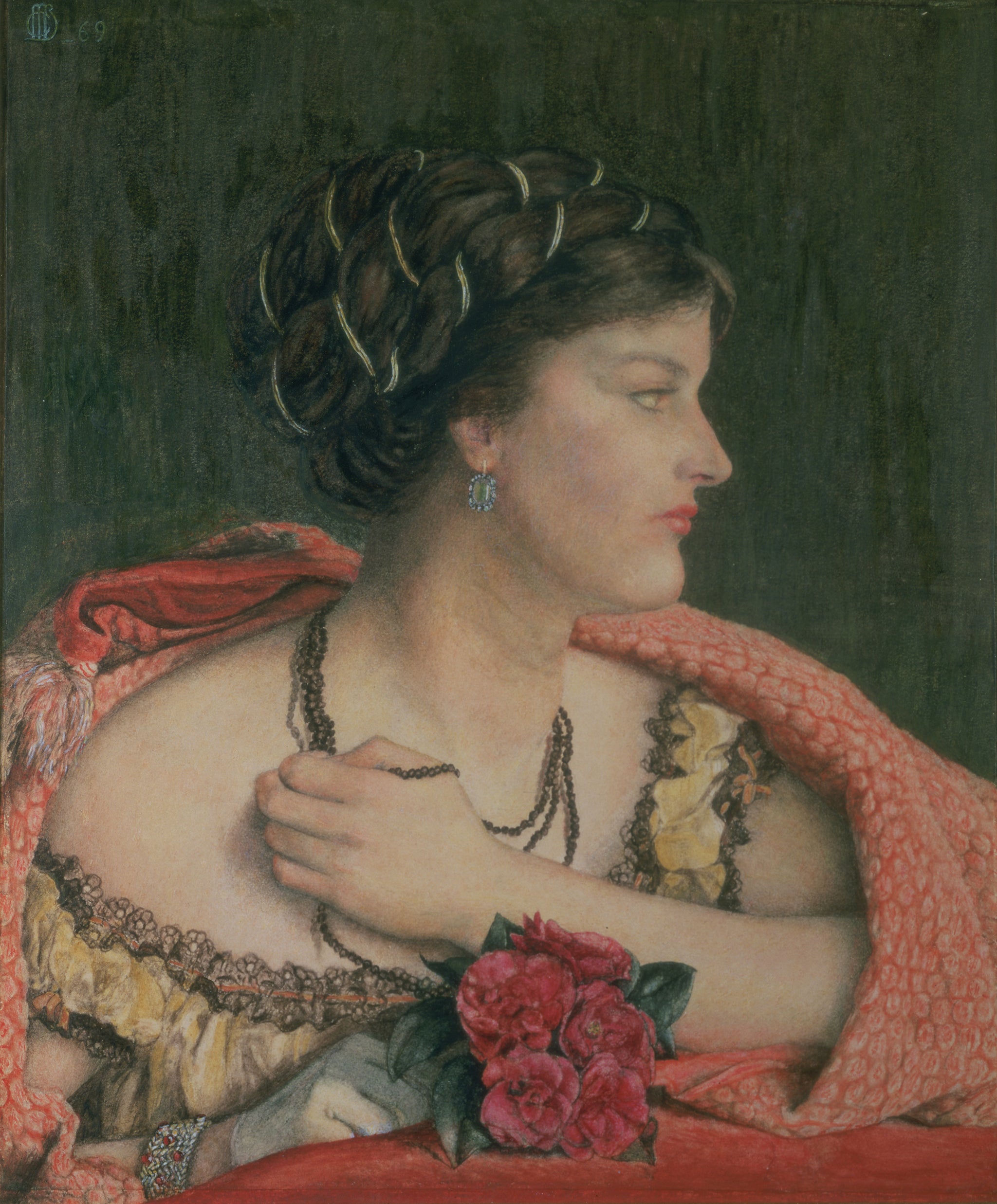
Without Oliver, the boy wonder, Lucy and Catherine simply weren’t such good box office. However, marriage and motherhood proved even bigger obstacles. Both sisters married writers: Lucy married William Rossetti (the brother of Dante Gabriel Rossetti, founder of the Pre-Raphaelite Brotherhood); Catherine married the music critic Francis Hueffer. By Victorian standards both men were progressive, but as in every Victorian household, the man’s career came first.
Neither woman meant to give up painting, but for both of them it dwindled from a public to a private passion. Like many female artists, before and since, once they had to run a house and raise a family, art took a back seat. Catherine had three children. Lucy had five. No wonder painting became an impossibility, a sad relic of their carefree youth.
Lucy had only just turned 30. Catherine was still only in her early twenties. This was an age when most artists are only just starting out, yet they were already streets ahead. Their entire careers lay ahead of them. We can only guess at what might have been. “They sort of get subsumed by domesticity,” says Brimacombe. “They don’t have the support of the studio and the workshop around them.” One of Catherine’s children, the writer Ford Madox Ford, put it best when he talked about “the benign effect of domestic cares”.
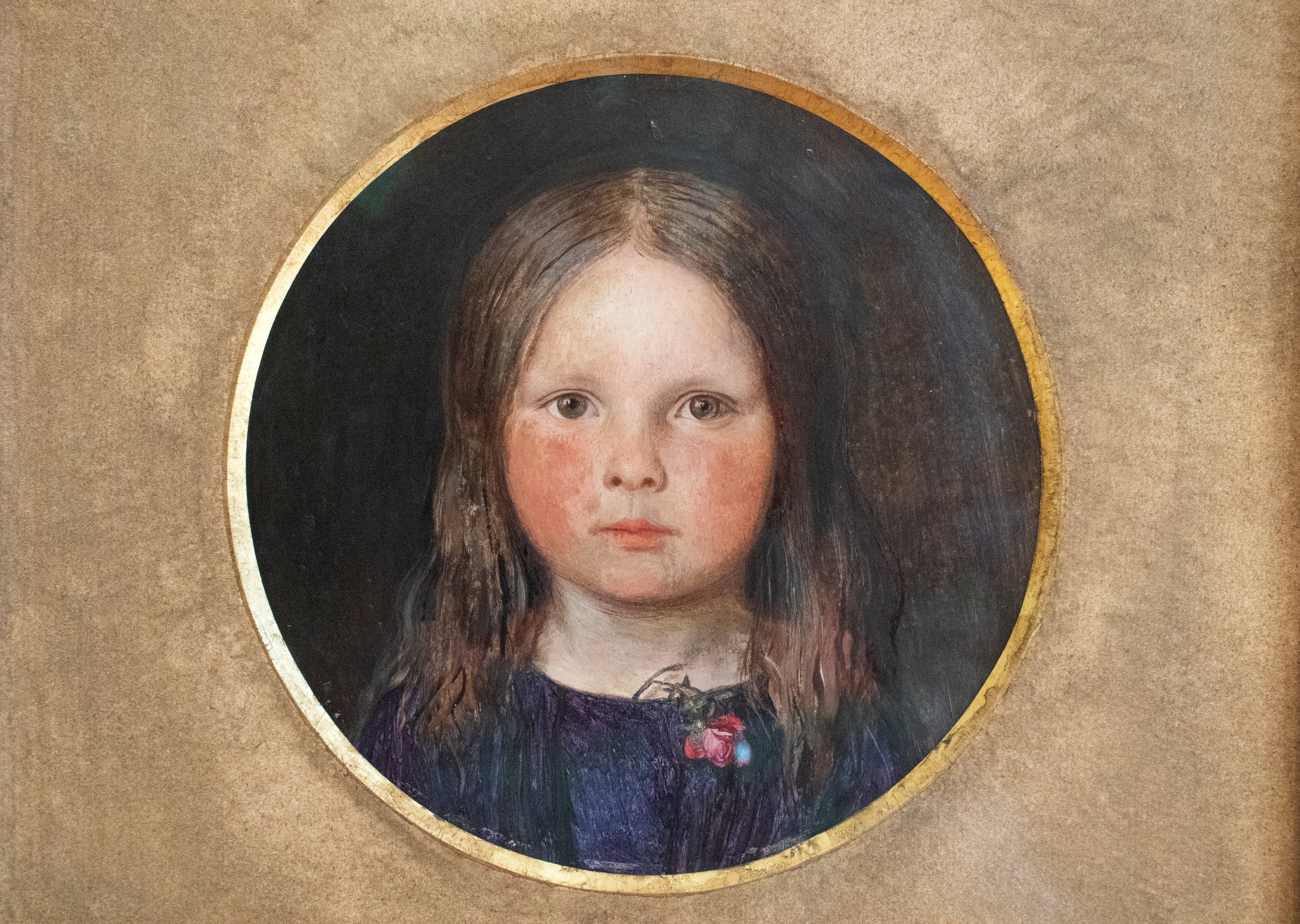
Lucy died in 1894, of consumption, aged just 50. Catherine outlived her by 33 years. After the death of her husband she went to live with her father, whom she cared for until he died. After her father’s death she returned to painting, but she’d left it too late. The art world had moved on. What had seemed radical in the 19th century seemed staid in the 20th century. She’d given her best years to men: her father, her husband, her sons…
Like a lot of gifted women, her creativity was channelled into her children. Her two sons, Ford Madox Ford and Oliver Madox Hueffer, became highly successful writers. Her daughter, Juliet, married the journalist David Soskice (their son, Frank Soskice, was home secretary under Harold Wilson). Only after her husband died was Catherine able to find time to sit down and write a memoir of her halcyon days, wistfully entitled Jottings with A Shaky Pen.
Her daughter Juliet summed it up: “When she was a girl she had painted some very beautiful pictures, which had been admired by famous artists and placed in exhibitions and nearly always sold. But she couldn’t give much time to painting because there was always someone ill or in trouble or who wanted taking care of. At first she took care of her father and mother and her brother Oliver, who was said to be a genius.
When she was married she took care of my father and her children and her house and servants and a lot of others besides, and then she gave up painting altogether. Sometimes when she was telling me about it her face would look wistful and she’d sigh and say, ‘It did seem a pity.’ But then she’d correct herself immediately afterwards and say she thought perhaps she had been happier taking care of other people than painting pictures.’”
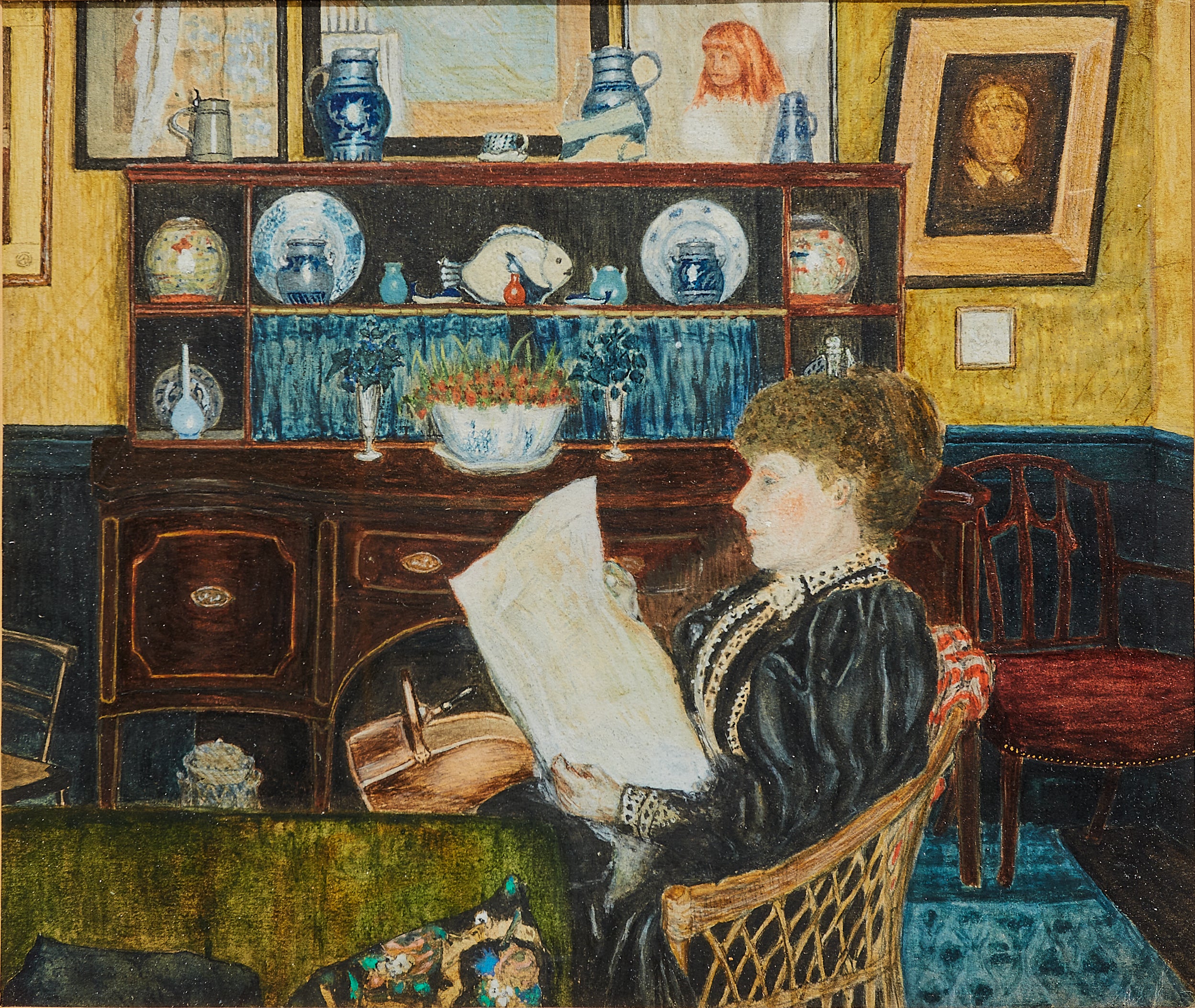
If that’s what she decided, who’s to say she made the wrong decision? But a man wouldn’t have to make that choice.
In 1876, both women had been included in Ellen Creathorne Clayton’s English Female Artists, yet posterity wasn’t kind to them. While their father and their brother were both included in the Dictionary of National Biography almost immediately after their respective deaths, neither Lucy nor Catherine were included until the 21st century.
However, 150 years since their heyday, it seems their time has come. Their families have preserved their paintings, handing them down from generation to generation. And at last, after all these years, they’re finally getting the attention they deserve.
Uncommon Power: Lucy & Catherine Madox Brown is at Watts Gallery, Surrey until 20 February 2022 (www.wattsgallery.org.uk)




Join our commenting forum
Join thought-provoking conversations, follow other Independent readers and see their replies
Comments